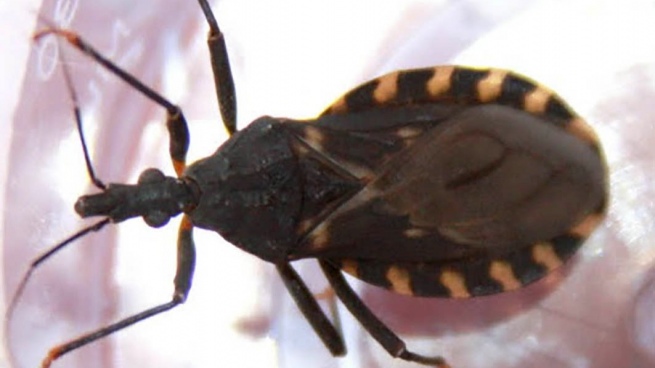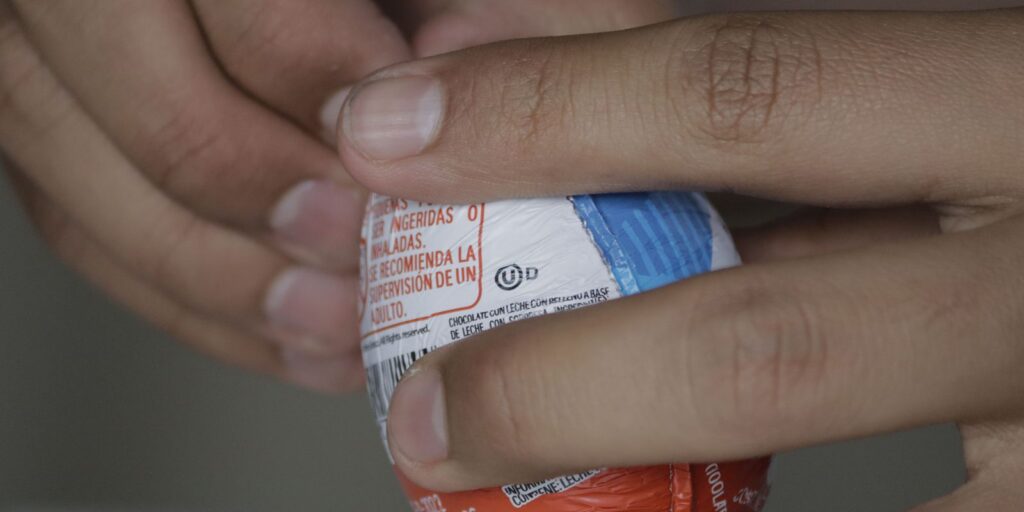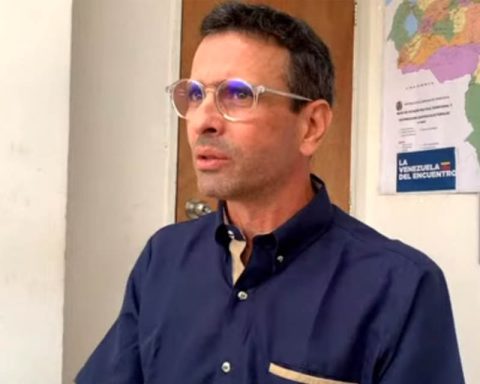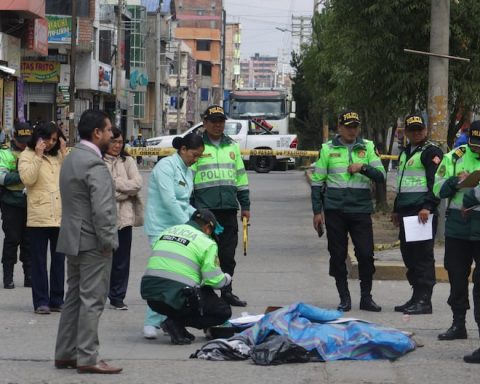It is estimated that seven out of ten people who have Chagas disease do not know it, which prevents access to treatments that are key to avoiding complications caused by the infection, so improving diagnosis was the axis chosen by the Organization Pan American Health (PAHO) for the World Day of this pathology, which is commemorated this Thursday.
Chagas disease or American trypanosomiasis is caused by the Trypanosoma Cruzi parasite and is one of the main Forms of contagion These include contact with kissing bug feces, transmission from mother to unborn child, contaminated food, blood transfusions, and organ transplants.
“Once infected, the person goes through an acute stage of the disease, where the presence of the parasite is detected in the blood; but then an inflammatory response of the body is generated that continues despite the fact that the parasite is no longer there (chronic phase). “The cardiologist Domingo Pozzer, former president of the Argentine Federation of Cardiology (FAC), told Télam.
Pozzer pointed out that “if the patient is in the stage where he still has the parasite, he is prescribed antiparasitic treatment (Benznidazole or Nifurtimox) orally, for 60 to 90 days.”
??⚕️?⚕️? Do you know what the most common ways of transmission of the disease are? #Chagas?
Eliminate Chagas in newborns ?? it’s possible. I know how.
?? https://t.co/sPmFbtFxRr#WorldChagasDay pic.twitter.com/2rgSPRE3im
— PAHO/WHO Argentina (@opsargentina) April 13, 2022
From the FAC they recalled that the cure rate with these drugs “it is almost 100% in the acute phase, but it decreases as time goes by between the infection and the start of treatment, hence the importance of an early diagnosis”.
Up to 30% of chronic patients have cardiac disorders and up to 10% suffer from digestive, neurological or combined disorders that may require specific treatment.
“People with Chagas can be asymptomatic or present symptoms related to the complications that the disease generates. In the case of those with cardiac involvement such as arrhythmias, they present palpitations, rapid heartbeats in the chest, other symptoms can be dizziness and even loss of knowledge; and unfortunately some people have sudden death,” Pozzer explained.
The specialist noted that “not all patients with this condition develop heart disease, and patients without heart disease can lead a normal life.”
The death rate due to complications of the disease is estimated at 12,000 people per year in the world.
In addition, it is estimated that there are between 6 and 8 million people infected by Trypanosoma Cruzi, of which 20% are in Argentina, that is, 1.5 million, and in turn seven out of ten people living with Chagas does not know.

Although initially this disease occurred in rural and suburban populations, in homes with poor infrastructure, and living with animals, and especially in areas of poverty, in recent times the presence of the vector has been detected in urban areas of several provinces of Argentina, such as San Juan, Mendoza, Catamarca, La Rioja and San Luis.
According to the Civil Association for Equality and Justice (ACIJ), 66% of infected people in Argentina live in cities and 33% in rural areas; while the central region of the country (Córdoba, Buenos Aires, Entre Ríos and Santa Fe) registers “the highest number of vertical Chagas (mother to child) in the country, even more than in the endemic provinces”.
From the FAC they indicated that “the health efforts due to the coronavirus pandemic led to the neglect of the three fundamental measures focused on combating Chagas disease: the surveillance and control of the vector (vinchuca), the health improvement of rural homes and easy access to diagnosis and treatment.
And they added that to avoid an upturn in this endemic pathology, plans already designed need to be resumed, especially in historically affected areas.
“It is also urgent to continue with the plans for disseminating the disease to make the population aware of the presence of the kissing bug,” they insisted.
In addition to the importance of increasing disease detectionanother focus of international efforts is to eliminate vertical transmission (mother to child).

A year ago, at the XXVII Ibero-American Summit of Heads of State and Government, the “Ibero-American Initiative on Congenital Chagas: No baby with Chagas”, with the aim of contributing to the elimination of mother-to-child transmission of the disease from a multidimensional approach.
“This initiative proposes to work jointly and cooperatively to achieve control of mother-to-child transmission of Chagas by the year 2030,” said Marcelo Abril, executive director of the Mundo Sano Foundation, the organization that was designated as the Technical Unit of the proposal.
Since 2007, Argentina has the Chagas Prevention and Control Law (No. 26,281) that assigns priority to initiatives that address this problem within the national policy of the Ministry of Health.
“However, 15 years after its sanction, it is still unregulated, generating serious problems for implementing public policies aimed at its prevention, detection and treatment. In turn, the resources destined to prevent and control Chagas are regularly under-executed. In in 2021, only 5% of the budget that had been assigned to it was executed,” ACIJ said.
In order to make visible the scope of this disease, the organization launched the Chagas Projecta cycle of three short films with stories told in the first person that show that it is a complex socio-environmental health problem.
Under the slogan “Help us know how many we are and where we are”, PAHO commemorates World Chagas Disease Day for the third year this Thursday – the first was in 2020 – with the aim of “giving visibility and attention” to the disease and “raise awareness of the importance of improving early detection, expanding diagnostic coverage, and equitable access to clinical care.”


















